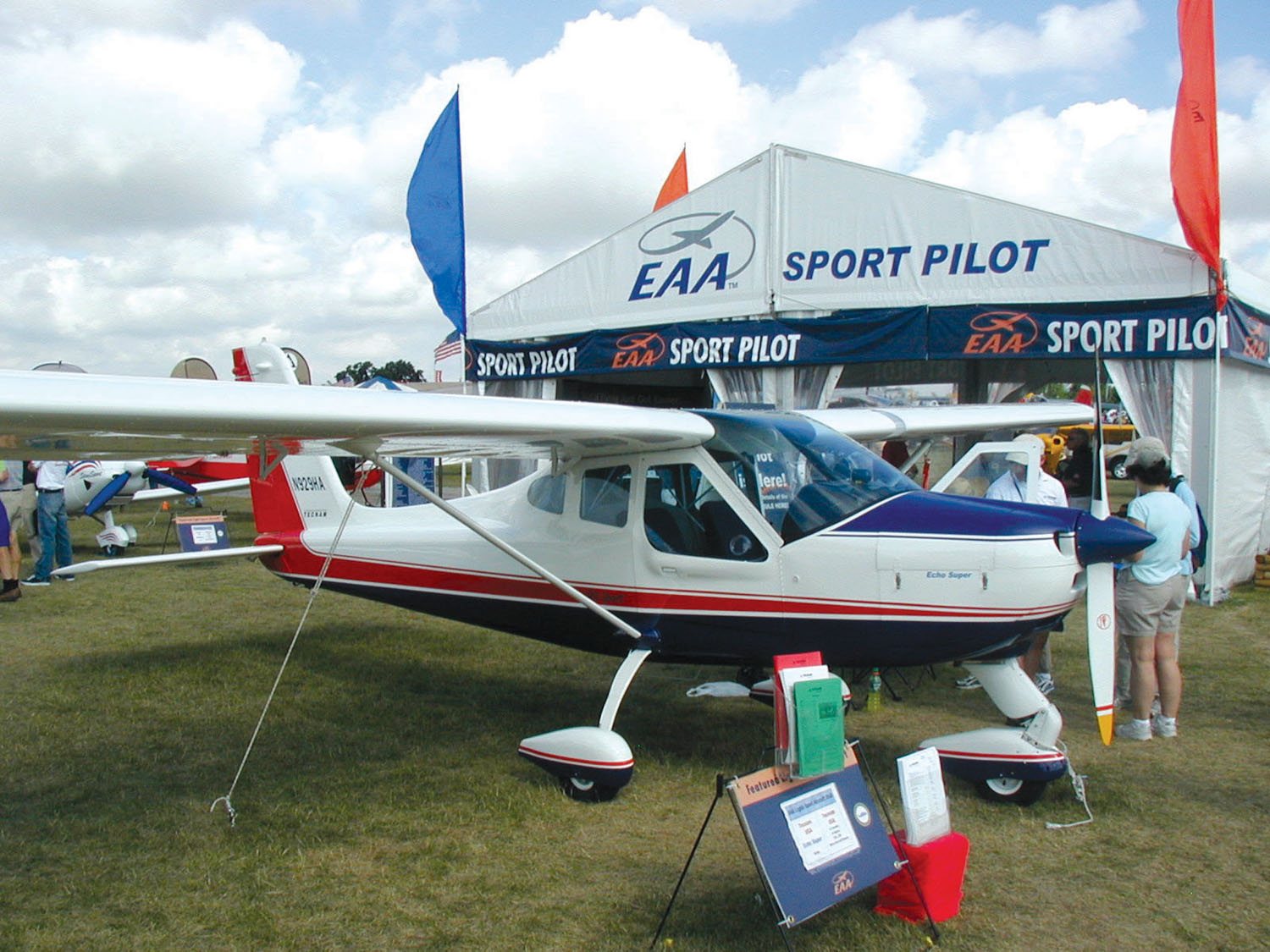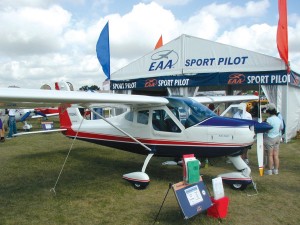By Robert B. Schultz, Attorney at Law
In March 2002, I wrote in this column, “Soon You can be a Sport Pilot and Fly a Sport Airplane under the FAA’s Proposed New Rules.” Three and a half years later it’s true. The first certified light sport aircraft were actually on display at Oshkosh 2005.
While, the LSA category was created to legalize fat ultralights (two seaters), some of the new LSAs even look like real airplanes. In fact, unlike ultralights, the FAA actually calls them aircraft.
Under the final LSA rules, published in July 2004, the entire LSA category is industry driven through what are called “consensus standards.” These are industry developed standards for design production and airworthiness. Industry members formed a committee and wisely chose the American Society for Testing and Materials to formulate standards. These standards have been published and you can buy them for $125. It’s interesting to note that I can find the standards for building a 747 on the Internet for free but have to pay $125 for the LSA standards.
Back in 2002, when the LSA category was proposed, they were to be 1,232 lbs or less max takeoff weight, two seat, single engine, fixed landing gear, with a max operating speed of 115 knots and a 39 knot stall speed. Under the final rule the weight grew to 1,320 lbs for land aircraft and 1,430 lbs for sea planes and the speeds increased to 120 knots and 45 knots respectively. By comparison, a Cessna 152 has a max takeoff weight of about 1,600 and max cruise of about 110 kts. So LSAs can be real aircraft.
LSAs can be kit built or factory built. If an LSA is factory built, to receive a special airworthiness certificate, the manufacturer must submit an FAA Form 8130-15 Statement of Compliance certifying among other things that the aircraft complies with the appropriate consensus standards and that the manufacturer will adhere to its continued airworthiness system to support the aircraft throughout its life.
If an LSA is kit built, unlike the amateur-built category, it’s eligible to receive an experimental airworthiness certificate regardless of how much or how little work the builder did. Also, to qualify for an experimental airworthiness certificate, at least one aircraft of the same make and model must have been built by the kit manufacturer and issued a special airworthiness certificate in the light sport category.
I predict that the light sport category will have a large impact on the training aircraft, kit plane and ultralight markets. Although LSAs cannot be used for compensation or hire, training is an exception. With factory-built LSAs selling in the $100,000 range, they could easily replace other two-place single aircraft that now cost $200,000 or more. Availability of insurance remains a large unknown, however. While a few companies have announced they will provide LSA insurance for pilots and owners, I’ve yet to hear of any company offering commercial insurance for a flight school. Flight school insurance will be available eventually.
Kit-built LSAs will tap an entirely new market for builders who never had the capability or desire to build an aircraft under the amateur-built category. Indeed, even now, LSA companies are advertising quick-build kits that can be assembled in 100 hours or less. That’s a couple of weekends. And LSAs should put a huge dent in the fat ultralight market, leaving only the die hard purists.
Update on second in command requirements
Two months ago in this column I said, “In an aircraft requiring two pilot flight crew members, the SIC needs only a private pilot certificate with appropriate category and class ratings and basic familiarity with the aircraft (FAR 61.55).” That statement is still true anywhere in the U.S. But as of last month, an SIC type rating is required to act as SIC anywhere outside the U.S. The change is to avoid problems (like being arrested) operating in countries that require an SIC type rating. The requirements for obtaining an SIC type rating are the same as the requirements to act as SIC as stated in FAR 61.55.
Robert B. Schultz practices law in Denver, and specializes in aviation law nationwide. He can be reached at bob.schultz@airportjournals.com and welcomes your comments and questions.












